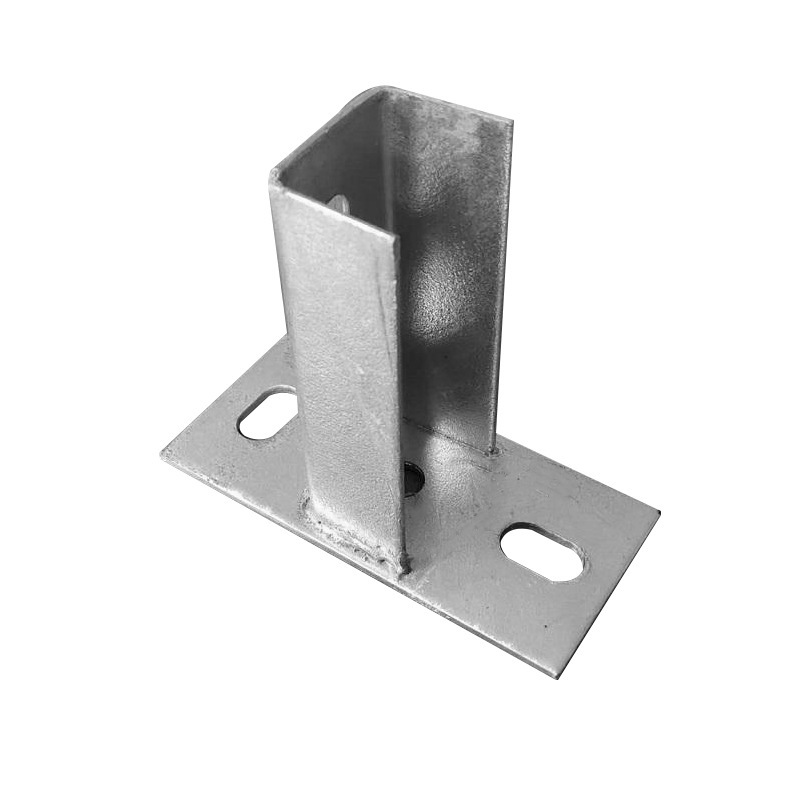

Understanding the Functionality and Benefits of Flange Lock Nuts in Engineering Applications
Aug . 14, 2024 17:45 Back to list
Understanding the Functionality and Benefits of Flange Lock Nuts in Engineering Applications
Understanding Flange Lock Nuts Design, Applications, and Benefits
Flange lock nuts are specialized fasteners that play a crucial role in various mechanical assemblies. Renowned for their reliability and efficiency, these nuts are widely used in industries ranging from automotive to aerospace. This article will explore the design, functionality, and advantages of flange lock nuts.
Design Features
Flange lock nuts are characterized by their unique design, which includes a built-in flange that acts as a wide bearing surface. This flange not only helps to distribute the load evenly but also prevents the nut from loosening under vibration and dynamic loads. The combination of a hexagonal shape and a flange makes these nuts easy to install using standard tools, ensuring a secure fit that can withstand substantial stress.
Most flange lock nuts are made from high-strength materials such as steel, stainless steel, or even aluminum, depending on the application requirements. Some variants are treated with coatings to enhance corrosion resistance, making them suitable for outdoor or marine applications where exposure to harsh environments could lead to degradation over time.
Functionality
The primary advantage of flange lock nuts lies in their ability to maintain a tight connection even in conditions where conventional nuts might fail. When installed, the flange creates a larger contact area with the surface of the connected component, which helps prevent loosening due to mechanical vibrations. This feature is particularly important in applications where safety is paramount, such as in aerospace components or structural assemblies in buildings.
Furthermore, flange lock nuts can be used with various bolt types, including those with a flat surface or those with a serrated edge. The serrations on some flange lock nuts can dig into the surface of the connected material, providing additional friction and further reducing the risk of loosening.
Applications
flange lock nut

Flange lock nuts are used across a wide spectrum of industries. In the automotive sector, they are employed in engine assemblies, drivetrain components, and chassis systems, where vibrations are a regular occurrence. In the aerospace industry, they secure critical components such as turbine blades and airframe structures, where even the slightest movement could compromise safety.
Construction also benefits from the use of flange lock nuts, particularly in securing structural beams and girders. Their ability to handle both static and dynamic stresses makes them ideal for applications ranging from bridges to skyscrapers.
Moreover, flange lock nuts are favored in electronics and machinery, where reliable and fast assembly is essential. The ease of installation significantly reduces assembly time, which is a considerable advantage in mass production settings.
Benefits
The use of flange lock nuts comes with a multitude of benefits. Firstly, their built-in flange improves load distribution, which minimizes the risk of material failure. Secondly, they enhance the overall integrity of the assembly by preventing loosening over time. This can lead to lower maintenance costs and increased safety, as less frequent repairs decrease downtime and associated labor costs.
Additionally, flange lock nuts provide a simplified installation process. Because they are typically self-locking, they may not require additional locking mechanisms, thereby streamlining the manufacturing process. Their versatility also allows them to be used in various configurations and with different materials, making them a practical choice for engineers and designers.
Conclusion
Flange lock nuts are a testament to the engineering advancements in fastening technologies. With their robust design and reliable performance, they offer significant benefits over traditional nuts, particularly in demanding environments subject to vibration and stress. Understanding their functionalities not only aids in selecting the right components for specific applications but also ensures the longevity and safety of mechanical assemblies across various industries. As technological needs evolve, flange lock nuts remain a pivotal component in the design and manufacturing sectors.
Latest news
-
High-Strength Hot-Dip Galvanized Bolts-Hebei Longze|Corrosion Resistance&High Strength
NewsJul.30,2025
-
Hot Dip Galvanized Bolts-Hebei Longze|Corrosion Resistance&High Strength
NewsJul.30,2025
-
Hot Dip Galvanized Bolts - Hebei Longze | Corrosion Resistance, High Strength
NewsJul.30,2025
-
High-Strength Hot Dip Galvanized Bolts-Hebei Longze|Corrosion Resistance, Grade 8.8
NewsJul.30,2025
-
Hot Dip Galvanized Bolts-Hebei Longze|Corrosion Resistance,High Strength
NewsJul.29,2025
-
High-Strength Hot Dip Galvanized Bolts - Hebei Longze Metal Products Manufacturing Co., Ltd.|corrosion resistance&high strength
NewsJul.29,2025

